
The spring flowering alliums have faded, but these summer flowering alliums are just getting started
The concept was to design the front garden as a prairie. Our neighbors have two massive Coast Redwoods in their front yard, which makes for a majestic forested space. I wanted our garden to transition from that forest into prairie – like you would find in the wilds of Oregon. We are not irrigating the front yard long-term, so I focused on tough, drought-tolerant plants and structural grasses.

Mix of structural grasses, like this Blue Oat Grass, and tough perennials, like the Black-Eyed Susan behind it.
We already have a fun mix of grasses using Blonde Ambition Blue Grama Grass (Bouteloua gracilis ‘Blonde Ambition’), Blue Oat Grass (Helictotrichon sempervirens), Pink Muhly (Muhlenbergia capillaris) and Black Flowering Fountain Grass (Pennisetum alopecuroides ‘Moudry’). But we really need more of one type to reinforce the prairie vibe. Hameln Fountain Grass (Pennisetum alopecuroides ‘Hameln’) is one of my favorite basic-but-beautiful plants that I’m planning to add several of. It will weave and repeat throughout the front garden to bolster the prairie feeling.
I included a handful of Quaking Aspen trees (Populus tremuloides) to add some height to the prairie. Our pathways weave between these closely planted trees. I’m hoping it creates a the feeling that you are walking through a grove as they mature. It’s always an excellent idea to plant the large shrubs and trees first, and I’m glad we did. Otherwise the front garden would feel pretty flat.

Black-eyed Susans are a great, tough, drought-tolerant perennial
The front garden accents are looking beautiful! The Black-Eyed Susan (Rudbeckia fulgida var. sullivantii ‘Goldsturm’), Coneflower (Echinacea purpurea ‘Magnus’) and Flowering Allium (Allium giganteum) plants are all happy as can be. The foliage accent/contrasts of Blue-Star Juniper (Juniperus squamata ‘Blue Star’), Berggarten Sage (Salvia officinalis ‘Berggarten’) and Nest Spruce (Picea abies ‘Nidiformis’) are equally happy.

Echinacea flowers just beginning to appear
One lesson learned is that winter heaths and heathers just don’t jive with ornamental grasses. I included them as an experiment to blend some forest-like accents into the prairie. They are nice, low evergreens that bloom in the winter when most plants are dormant. But the effect just makes the space look too jumbled – the prairie design doesn’t read as clear. Those guys will get relocated this fall into the backyard “food forest”.

Pink Muhly grasses planted from one gallon containers. In a couple years, they will have doubled or even tripled in size
To save cost, I purchased the smallest plant containers possible and hoped my patience would hold until the new plants grew in. In hindsight, I should have sprung for larger pots for the more substantial grasses and foundational shrubs. The garden looks pretty empty to me, even though I know it will grow in pretty densely over time. But it’s hard to wait 2-3 years for that effect and a few larger plant sizes would have cushioned that feeling.
The heaths and heathers will replaced with ground covers Black Mondo Grass (Ophiopogon planiscapus ‘Nigrescens’) and Lemon Coral Sedum (Sedum rupestre). I resisted these initially because it’s a pretty common ground cover combination to pair with ornamental grasses, but it looks great so I’m hopping on the bandwagon.
I’m excited to keep sharing the evolution of this space! Stay tuned this fall for an update on how the garden looks with these changes one year from the initial installation.
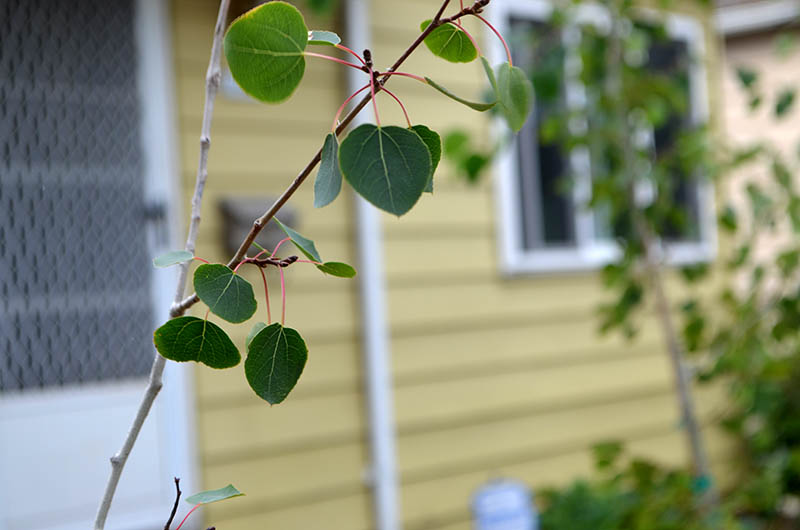
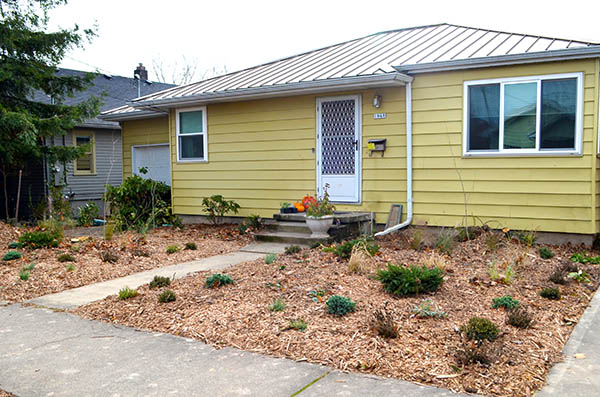
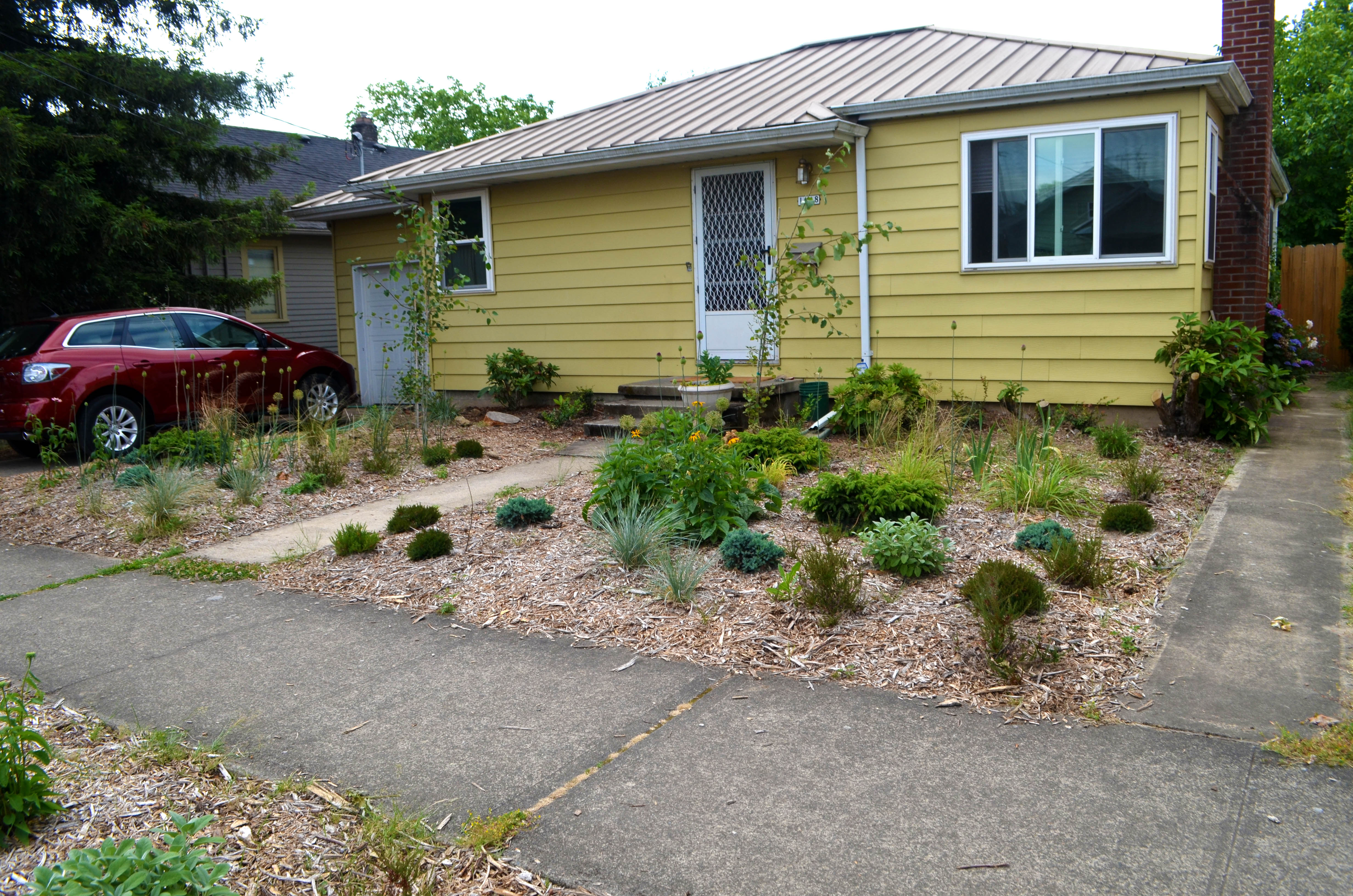
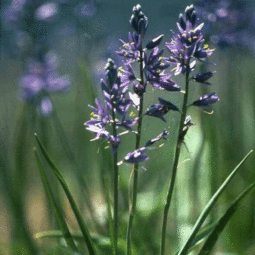
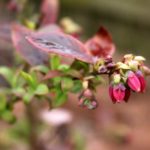
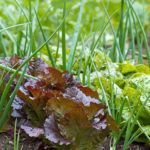
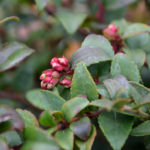
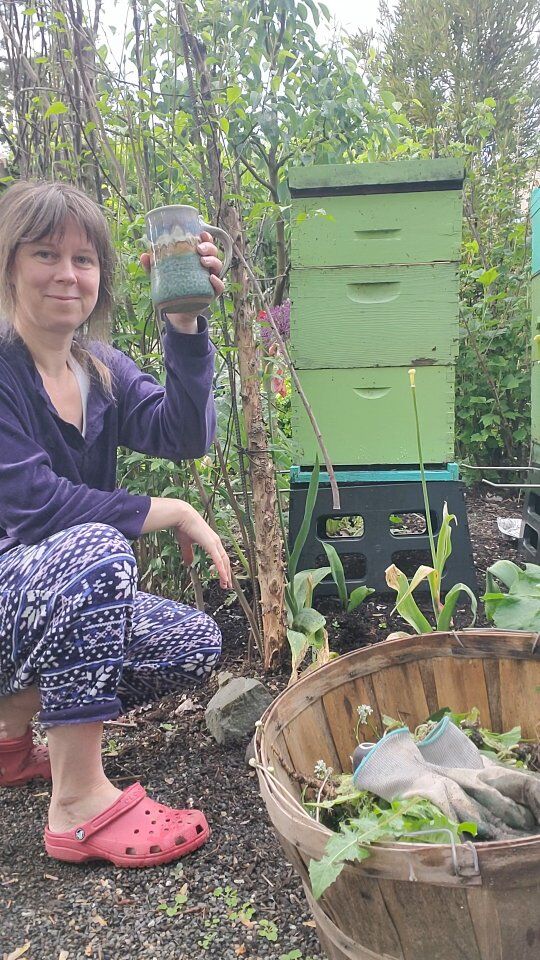

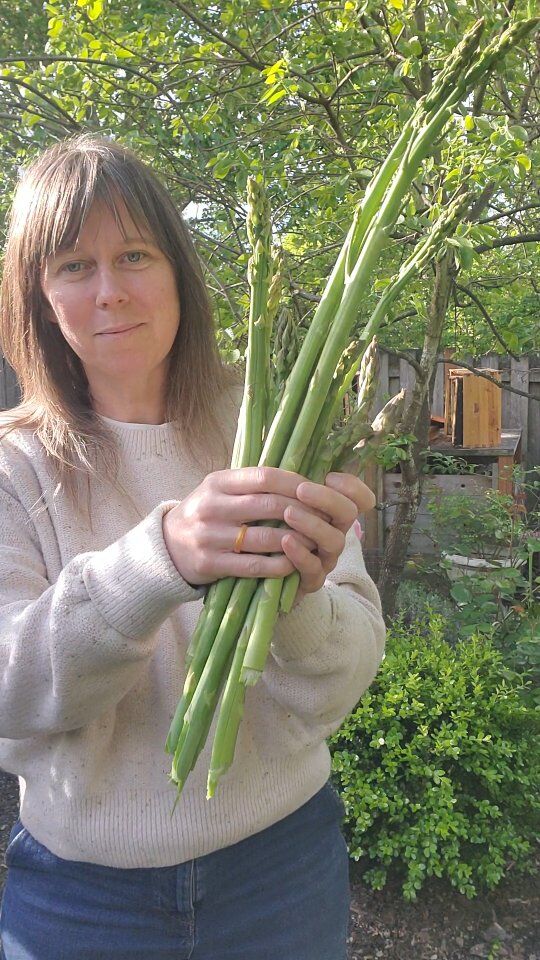
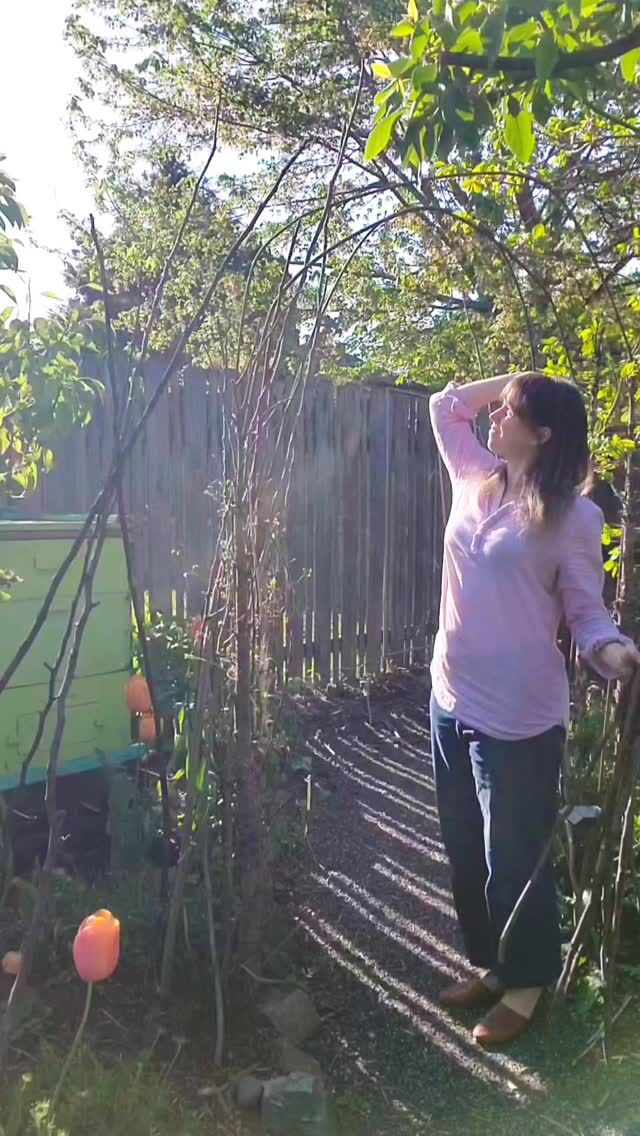
 I start with a
I start with a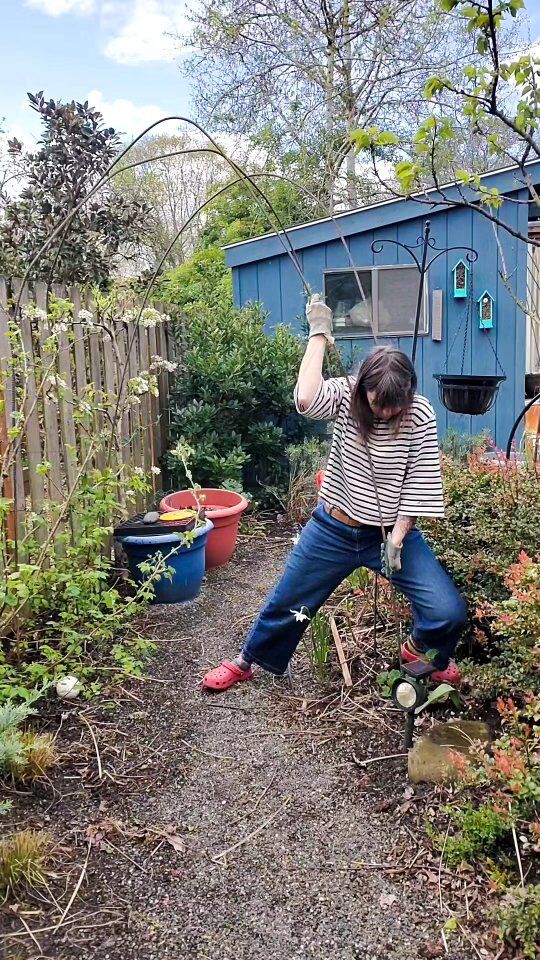
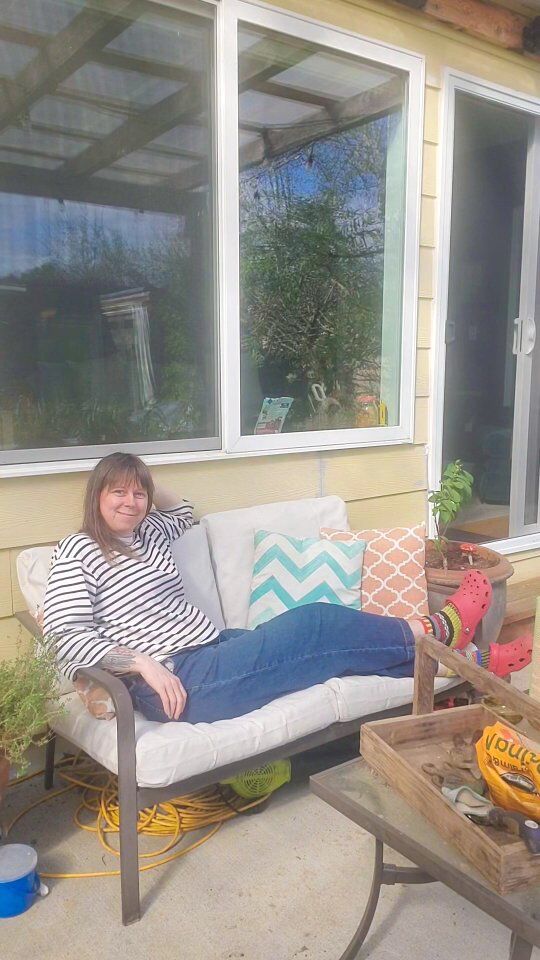
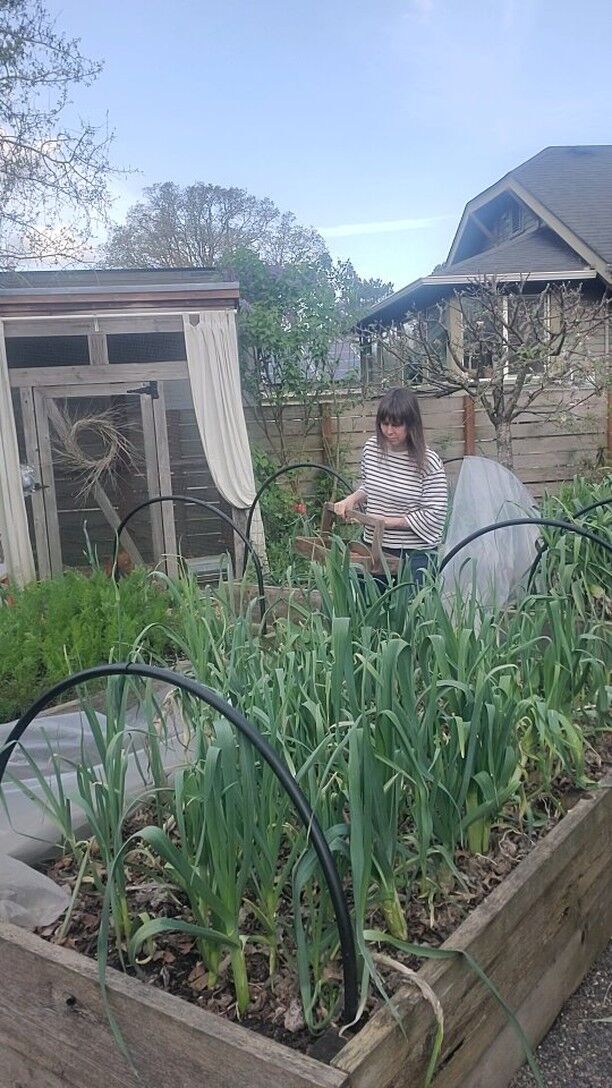
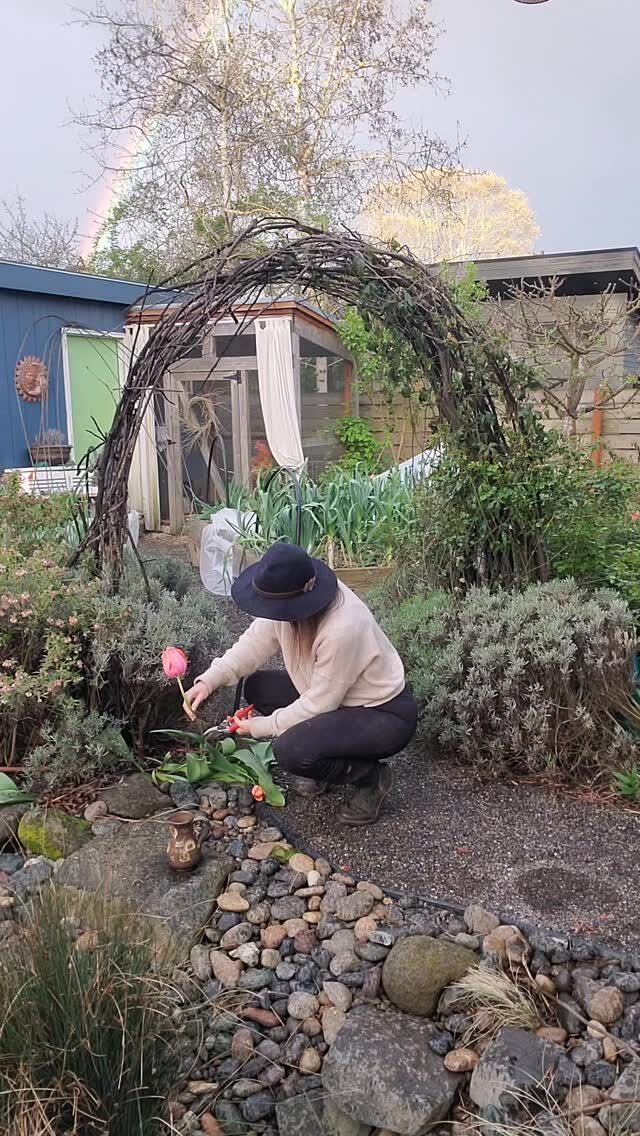
 There's a go
There's a go
just a question…why did you guys move/ none of my business of course but o wondered was it work, or are you renovators? maybe? i loved how the last bungalow turned out and this one has potential too!
Sarah, not for work. We moved for a slightly bigger space – our old bungalow was 700 sq ft – in a neighborhood closer to family.